Fine Hair vs. Thin Hair
When you first hear them, the terms “fine” and “thin” hair may sound interchangeable. Stylists and clients alike have a number of “go-to” terms to describe the spectrum of hair types and lengths they encounter. Still, knowing what these terms actually mean can help you best suggest an upkeep regimen for your clients (or tighten the screws on your own) and help dispel hair myths and misinformation. Here’s a quick guide for identifying the characteristic differences between fine and thin hair (because they are not inherently the same!) and helping your clients determine for themselves.
We’re really talking about Density...
For our purposes, hair is characterized in two ways: the thickness of the individual strands and how dense (closely packed together) each of the individual follicles are. When a client has thin hair, it technically means that they have fewer hair follicles packed close together. Terms like “sparse” or “low density” may be more technically accurate and better help describe what they actually mean in these cases. While styling a thin-haired client, you may notice that you see a lot more of their scalp (while working) than someone with thick hair. It is possible for clients with thin hair to also have fine hair, but the two aren’t necessarily related.
Individual Thickness
When a client has fine hair, they’re technically referring to the individual thickness or diameter of each strand. A visual spot test for fine hair is the strand comparison: if a client’s hair strand appears to be the same thickness as a sewing thread then they have coarse hair. If it appears to be thinner than this, or has “wispy” characteristics, then it is fine. Some suggest gathering the hair into a ponytail and measuring its circumference, fine hair being that which is less than 2 inches in circumference. Clients with fine hair may complain that the fineness of their hair makes it difficult to manage and style.
Can Clients have both Thin and Fine Hair?
It’s absolutely possible for clients to have a combination of hair that’s both thin and fine, and in these cases, gentle styling techniques and regular maintenance come highly encouraged. Particular attention should be paid towards braiding or styles which pull the hair away from the scalp as they may be harder on thin or fine-haired clients than those with medium or coarse hair. Babe offers a special Tape-In application alternative for thin and/or fine-haired clients seeking hair extensions, which involves using Single Sided Tape to lighten the overall load of the Tape-In hair extensions (more on that next week!).
To summarize: “Fine” hair refers to the thickness or diameter of the individual strand of hair. The opposite of fine hair is coarse hair. “Thin” hair refers to the overall density of the hair follicles across the scalp. The opposite of thin hair is thick hair. It is possible for clients to have fine and thick hair, or coarse and thin hair. On occasion, your client may have both fine and thick hair. These clients will benefit from the use of our Single Sided Tape method, or from alternative installation techniques designed to target thinning. For more information on the hair extension options available to thin and/or fine-haired clients, visit the Everything But Length Portal.
Helping clients determine how to categorize their hair is the first step towards solid hair health and maintenance on an individual and global level. Not only are you assisting their beauty transformation at the salon but empowering them with the knowledge and information they need to keep it up once they’re on their own.






